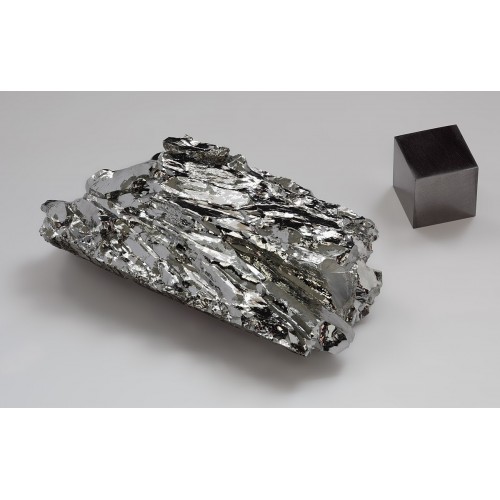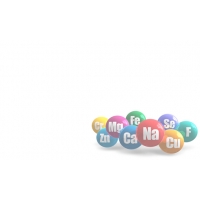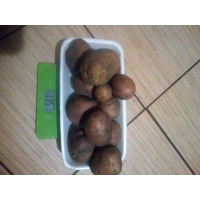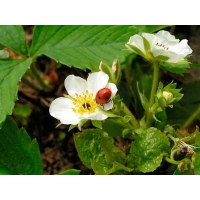Molybdenum (Mo) plays a role in the processes of growth, development, is a component in the composition of many enzymes
Molybdenum (Mo)(in plants from 0.0005% to 0.002%), although the requirement for plant nutrition is relatively small in quantity, plays a significant role in the growth and development processes, is a component in many enzymes, in particular a specific enzyme (nitrate reductase ), which contributes to the restoration of nitrates in agricultural crops, participates in enzymatic processes in the transport of electrons, the metabolism of nitrogen (enzymes of nitrogenase (multienzyme), nitrate reductase), accelerates the synthesis of proteins increases the ability of nitrogen fixation nodule bacteria in legumes, improves calcium nutrition, contributes to increased frost resistance, drought resistance, performs a protective reaction against the toxic effects of aluminum. Molybdenum accumulates in young organs, and at the end of vegetation - mainly in seeds, the most needed elements are such crops as legumes, vegetables (cabbage, tomatoes, radish, lettuce, parsley, etc.).
Deficiency of molybdenum:with insufficient amount of molybdenum (less than 0.01 mg / kg of dry weight), external signs of a deficit are similar to those of nitrogen starvation - brown or brown dots appear on the lower leaves (veins remain green), and the surface deforms, the edges twist, growth stops . With the deficit of molybdenum, the processes of vital activity in plants (nitrogen exchange, accumulation of nitrates) are violated, especially in the cabbage family (the leaves become lanceolate, curled and wrinkled, the fabrics have a fine structure, sometimes transparent, the coloring is dirty gray); Cucumbers have chlorosis (at the edges of the leaves), in tomatoes leaves turn yellow, twist; in legumes and fruit and berry crops - on the leaves yellow-green spots are formed.
Excessive nutrition of molybdenum: leads to the emergence of a negative effect on agricultural plants, the growth of vegetative organs in plants slows down, bright spots appear on the leaves, copper is poorly digested and yields decrease.
Interaction of Molybdenum with other elements
| Antagonists (An excess of one contributes to the deficit of another element) | Sinengists (Improve mutuality of each other) | Blocks the interaction of each other (not recommended to combine together) |
| Cu (copper) | N (nitrogen) | - |
List of articles for the category from the blog Minor-nutrient elements
Articles list
Ukraine has an agrarian orientation of the economy and, in the modern context, one of the most perspective areas for agriculture is the use of organic products, based on the application of purely natural components, that the company AGRO.BIO manufactures and offers – concentrated liquid POTASSIC HUMATE, which helps to restore the natural components of the main active environment – the soil – rationally and effectively.
The soil environment does not always contain the enough amounts of nutrients necessary for plant growth and development, but this disadvantage can be improved by additional fertilization, in particular with POTASSIC HUMATE BALLASTLESS made of LEONARDITE produced by AGRO.BIO. It is an ecologically safe multi-nutrient fertilizer and growth stimulator of organic origin for agricultural plants promoting the increase of soil fertility.
In order to make it easier for you to get an understanding of our products, the articles about potassium humate and multicomplexes are uploaded below.
 English
English Українська
Українська Русский
Русский Espanol
Espanol French
French عربي
عربي

















